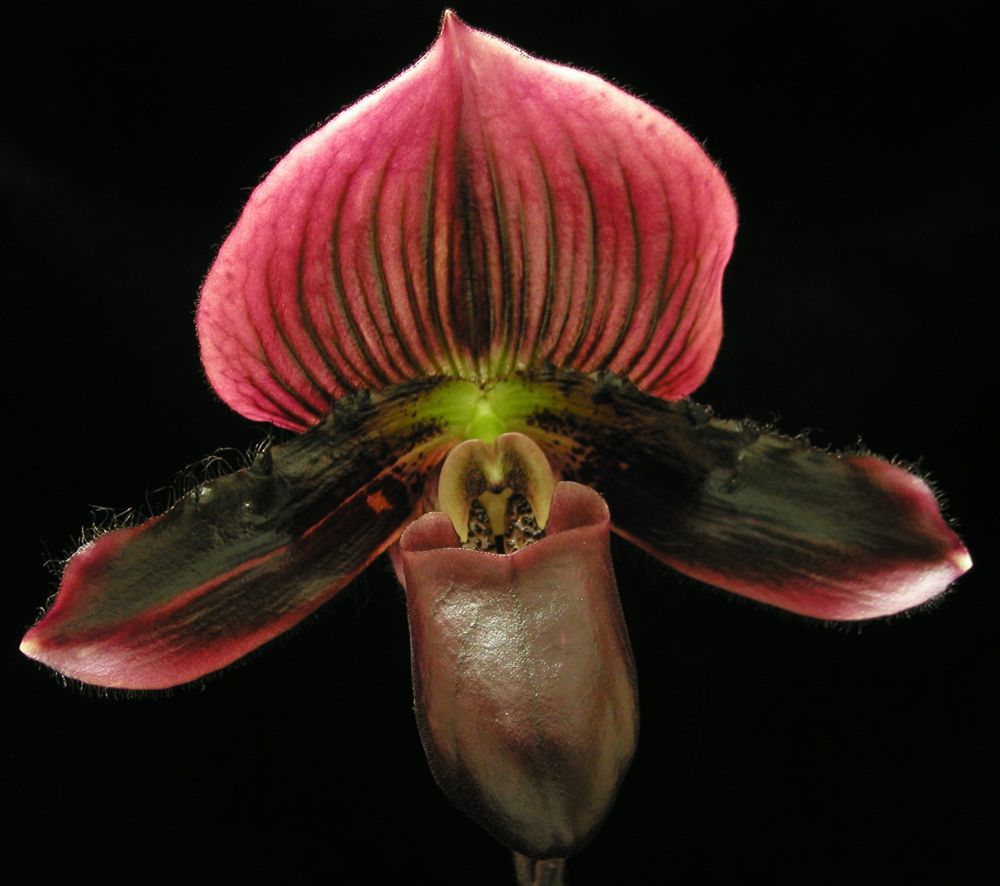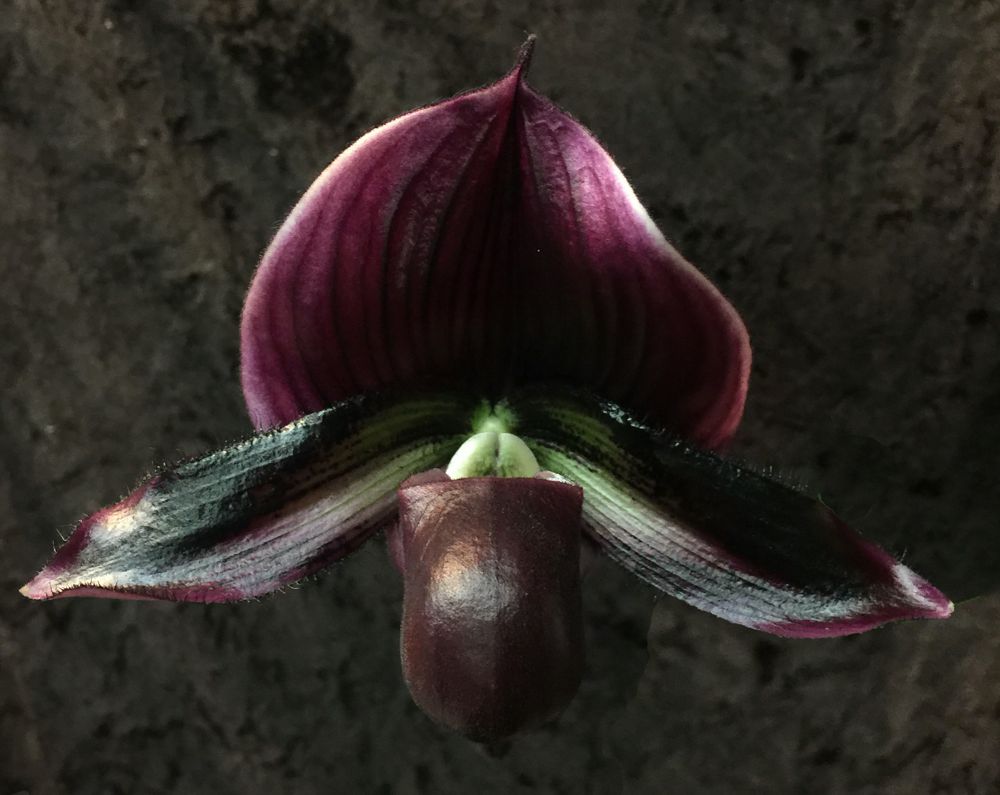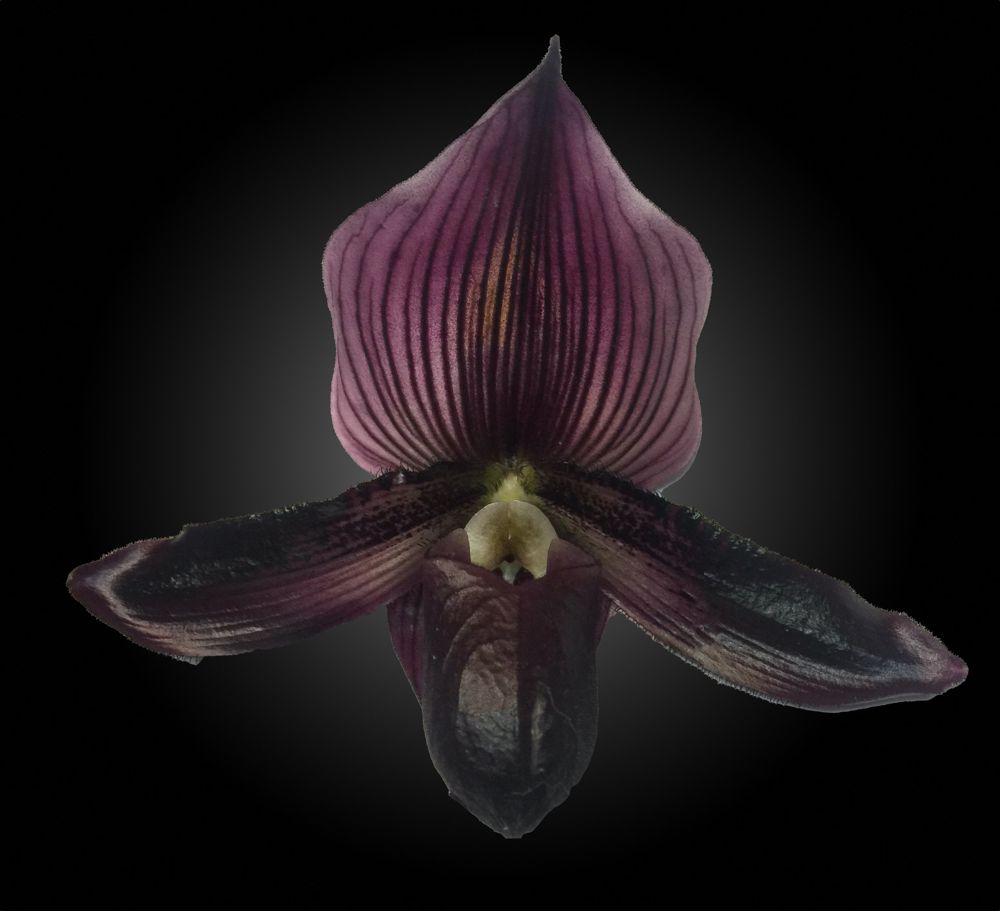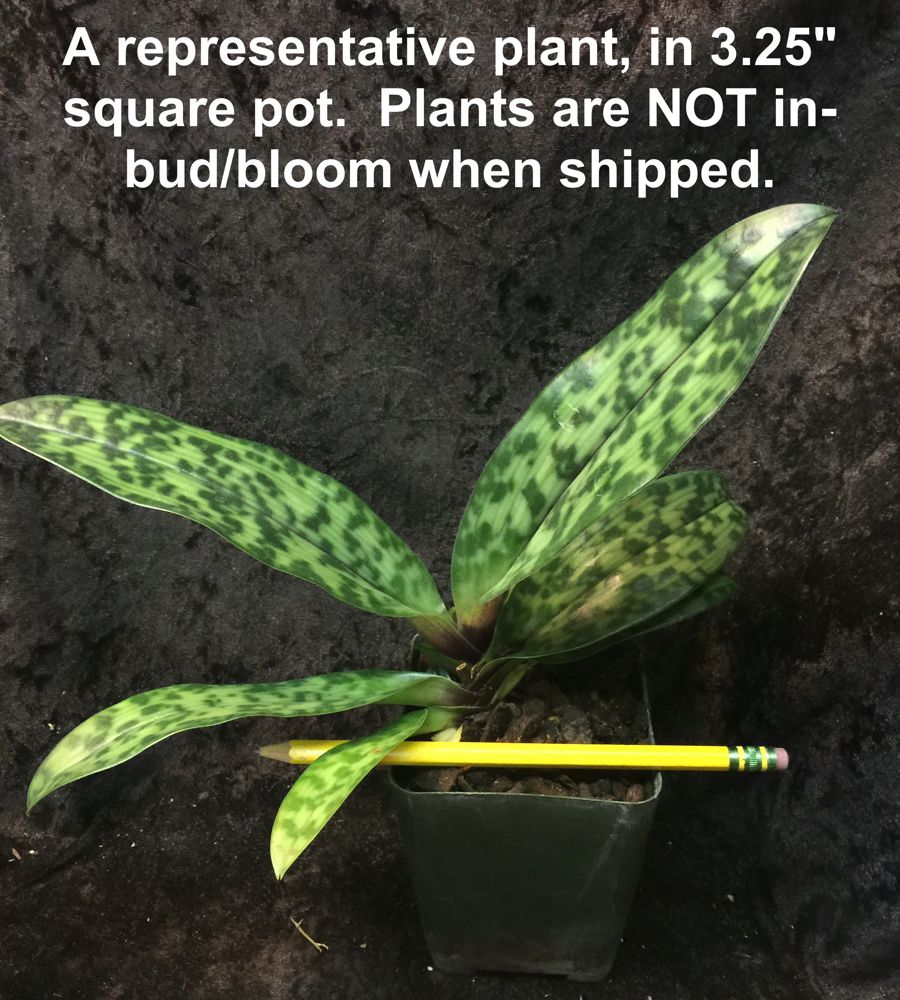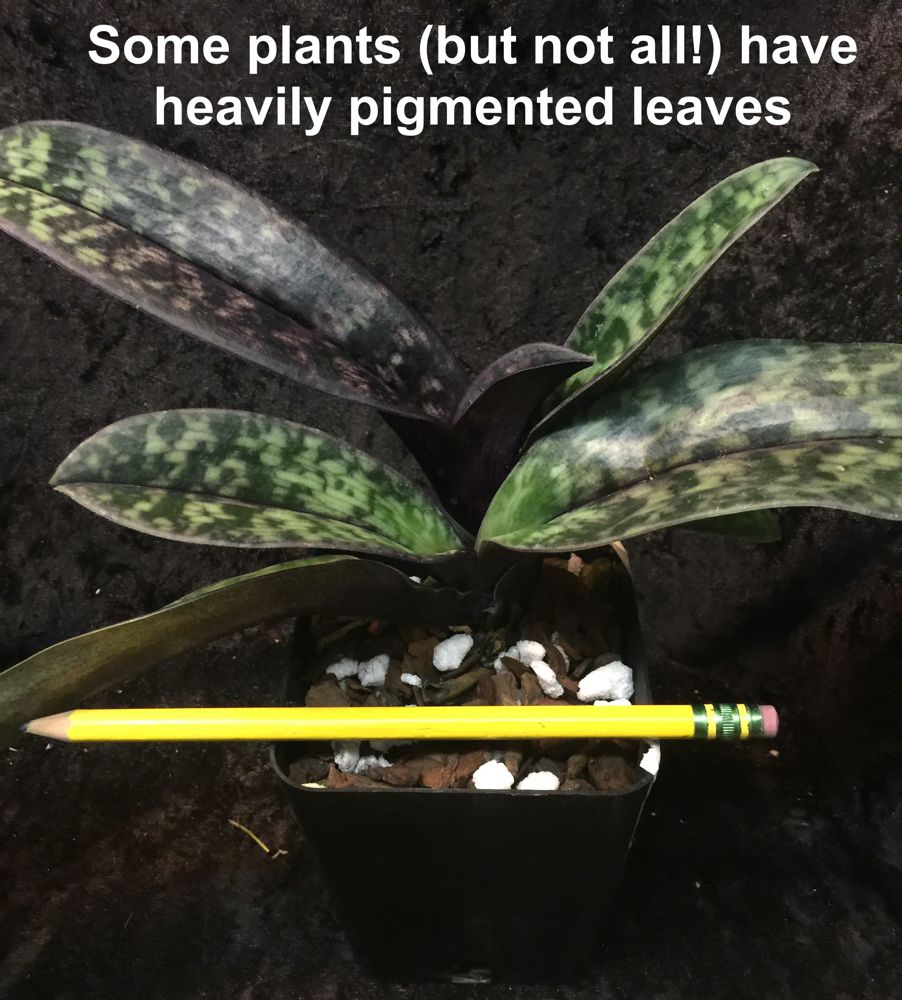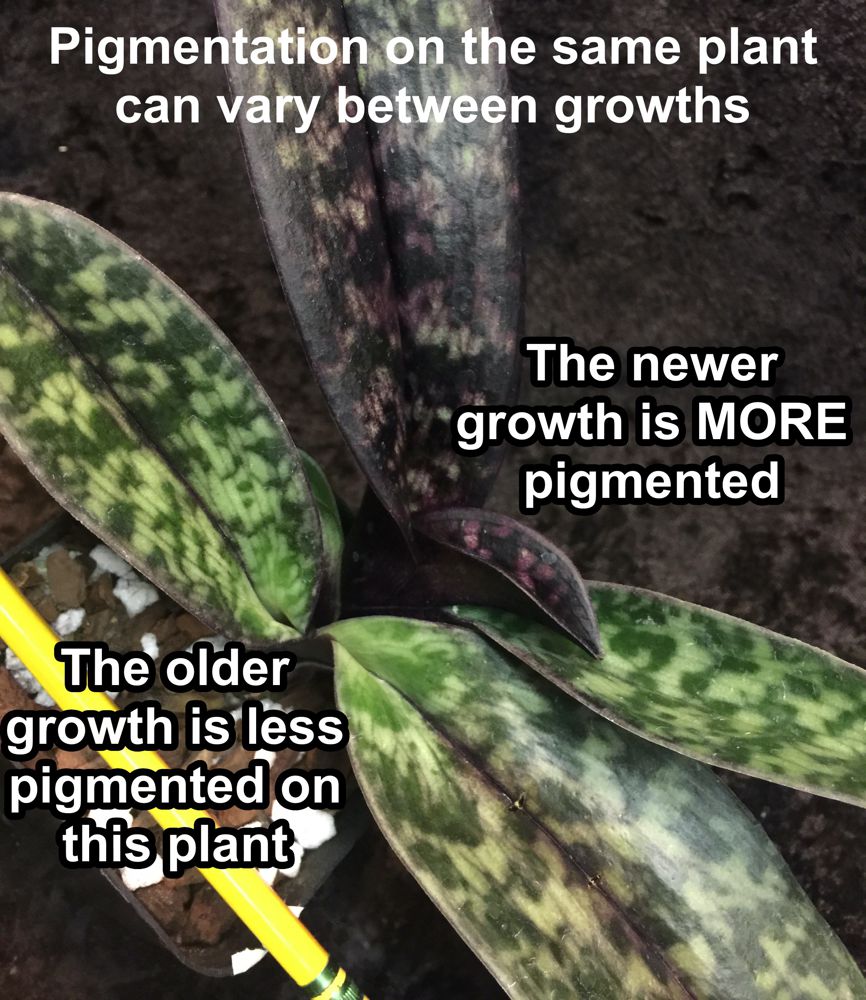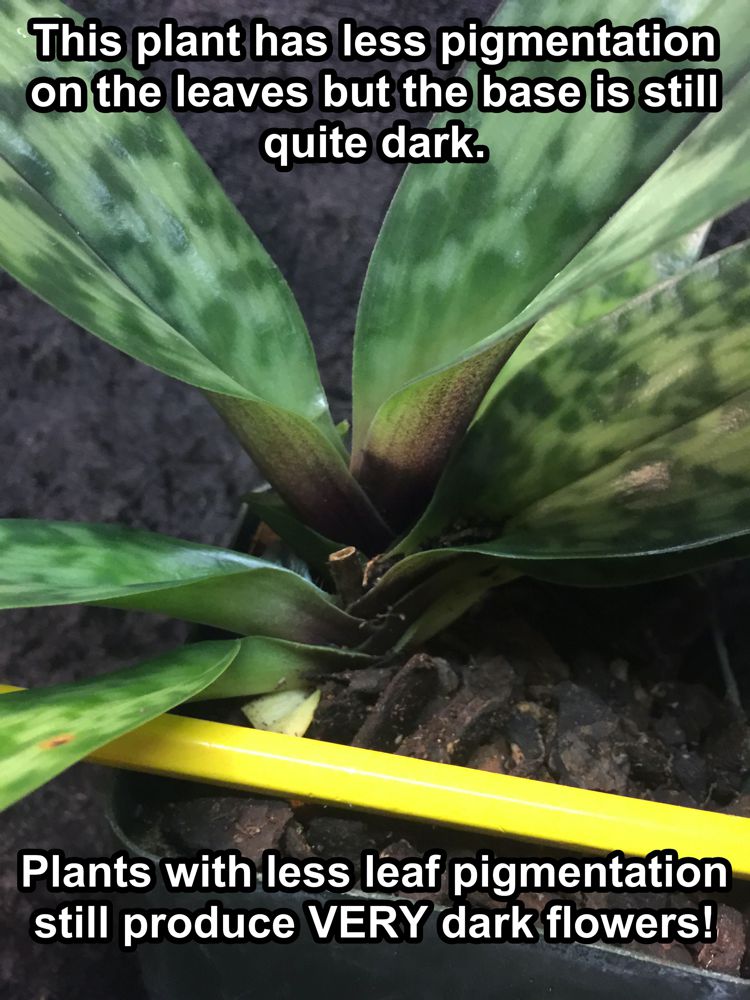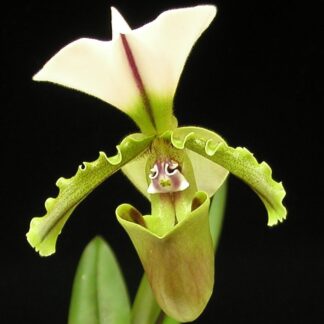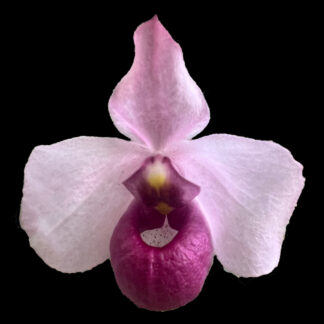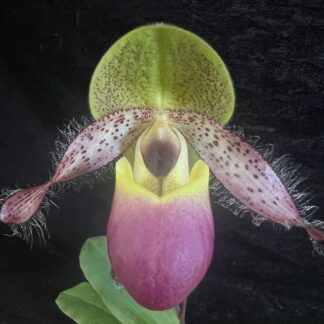Description
IMPORTANT NOTE: these plants are NOT IN BUD/BLOOM when shipped. PLEASE look at all the pictures in this listing so you know the condition/size of plant you’ll be getting.
5 QUICK FACTS BEFORE YOU BUY:
– This listing is for quantity ONE (1) `mystery` Paph maudiae-type lady slipper orchid. The multiple photos of different flowers are there as an indication of possible flower types your plant might produce.
– Easy to grow and bloom, a great starter lady slipper orchid!
– We’re offering Paphiopedilum maudiae hybrids that have been bred to produce extremely dark blooms. They’re known as “vinicolored“ plants because their flower color resemble dark wines.
– Fascinating mottled leaves. Enjoy them for their foliage when not in bloom.
– PLEASE NOTE: Some of these plants will have bloomed previously but all will have new shoots/growths that can bloom at the next blooming cycle. (Paphiopedilum lady slipper orchids do not rebloom from previously bloomed growths.)
– Plants will be shipped IN POT 3.25-inch square pots. They do not need to be repotted for at least six months to a year. IMPORTANT: Plants are NOT in bud/bloom when shipped.
Lady slipper orchids of the genus Paphiopedilum are among the most desirable flowering plants on earth.
They’re called “lady slippers” or “slipper orchids” because some clever person observed that the pouch “lip” on the flowers resemble lady slippers, and the name stuck! The past 175+ years of breeding have resulted in blooms of incredible color, beauty, and form with the most desirable specimens commanding the highest prices paid of any orchids. Unlike the mass-produced orchids available everywhere these days, each lady slipper orchid is grown from seed in a long, painstaking process taking three to five years until the first bloom is seen. Every plant is a genetically distinct individual, as unique as people. In other words, they’re not clones!
A great way to grasp the bewildering array of orchid groupings is to think about dog breeds and their groups. You probably have a good idea of what sporting/hunting dogs look like (mid- to large-, like to retrieve), or the terrier group (small, likes to yap). Now let’s say you wanted to create a brand new breed of dog. How would you go about it? You’d select dogs that have your desired traits and characteristics, and you’d breed them together, selecting the ones that best show the target traits for further breeding. You’d want to limit the number of “founder” individuals so as not to breed away from the traits you’d want, but if you do this breeding and selection enough times, you’ll eventually hone in on a type of dog that breeds true. (People still do this – e.g., labradoodles). This is analogous to what has happened over the centuries of orchid breeding – completely novel groups of orchids may only bear a general resemblance to their natural ancestors (think of a wolf and a chihuahua). And that brings us to the Paphiopedilum Maudiae group.
Maudiae-type Paphs are the result of hybridization within the Barbata Section of Paphiopedilum. The original P. Maudiae was produced by crossing P. lawrenceanum by P. callosum back around 1900. Over the years since, genes from many related species have been brought in, including sukhakulii, acmodontum, wardii, curtisii, mastersianum, and sukhakulii. The great thing about Maudiae types are their intense colors.
Breeders have created albino (green and white), vinicolor (intensely pigmented), and everything in-between! On top of their lovely form and colors, maudiae-type paphs are among the easiest to grow and bloom. They prefer low light levels, so indoor conditions are just fine. They tend to grow a bit faster than their Paph “complex” hybrid cousins as well, making them the perfect introduction to this fascinating family of orchids.
Please note: plants are NOT in bud/bloom when shipped.
HOW TO GROW: Water around twice per week, give bright shady conditions (avoid direct sun), and light fertilization. Avoid freezing temperatures. Plant will be shipped in pot with potting media (i.e., soil).
PLEASE NOTE: in order to avoid damage to buds/flowers, we DO NOT ship these plants in bud or bloom.
